You see - in London the first magnolia blooms were open in early January already, a good two and a half months early. And when we then had booked our Easter break, I had reckoned that come April everything would be far advanced. So no need bothering with a trip to Cornwall, I thought, to see the famous camellias and magnolias in all their glory. They would long be past it. After all, this blessed county usually is even more ahead than London when it comes to spring flowering times.
So why not go for North Devon instead? In previous years we had shunned this corner for the Easter break because nature tends to be still fairly barren while I crave flowers. This year, however, there surely would be fresh green leaves, bluebells, sea pinks, red campions and all sorts of other delights.
Here, the three usual suspects mentioned above are putting on a glorious show, but for anything else you have to crouch to the ground: some few tiny violets, some single forlorn stitchwort and a few similarly lost windflowers. Not even the blackthorn blossoms yet! And as for green: there’s no lack of it but it comes mainly in the form of ivy, moss and lichens covering each and everything – the British West Country’s very own rainforest vegetation. And very beautiful it is. Just not quite what I had hoped for…
In essence, Caerhays is an enormous woodland garden in a wonderful setting in Cornwall. The focal point at its historic heart is the castle which seems like an illustration from a story book and looks out over a small secluded sandy cove. (I'm no architecture buff but it looks like gothic revival to me - apologies if it is genuine...)
The gardens were only begun about 110 - 115 years ago when the then owner J.C. Williams started to take a keen interest in rhododendrons. While he originally bought his plants from the famous Veitch nursery, he soon contributed substantially to several expeditions by their great plant hunters E.H. Wilson and George Forrest, the latter's third Chinese expedition (from 1912 - 1915) even sponsored exclusively by Williams. Soon seeds began to arrive - not just of rhododendrons but of a whole host of other Chinese plants, too, many if not most of them new to Western gardens.
Today, Caerhays also holds a National Collection of Magnolias and an ongoing replanting programme aims to keep the gardens up to date. This means replanting for when the original plants reach the end of their life (in ornamental shrubs and trees that's usually after 60 - 100 years) but also expanding the various collections (the magnolias are just the most prestigious). The garden itself expands in the process - several fields have been added to it and planted with shelterbelt species and, once those are mature enough to provide protection, choice treasures. Oh, and they have continued to cross and breed new varieties since J.C. Williams' day, Caerhays still being owned by his descendants.
Funnily enough the current issue of Devon's Country Gardener, a free publication I picked up on the way to our current holiday quarters, informs me that Caerhays Castle has won the 2016 Garden of the Year Award from the Historic Houses Association. My pictures certainly aren’t Tourism Board grade (it was an overcast day and I had nothing more than a point-and-shoot camera with me) but maybe they nonetheless convey a little of the fascination and joy I felt on seeing all these magnificent blooms in such a stunning location.
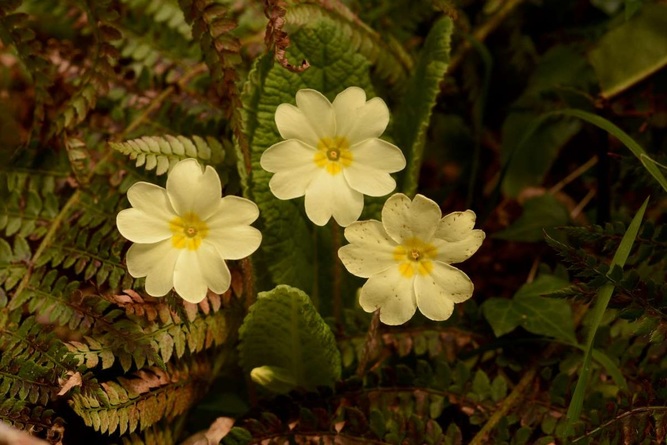
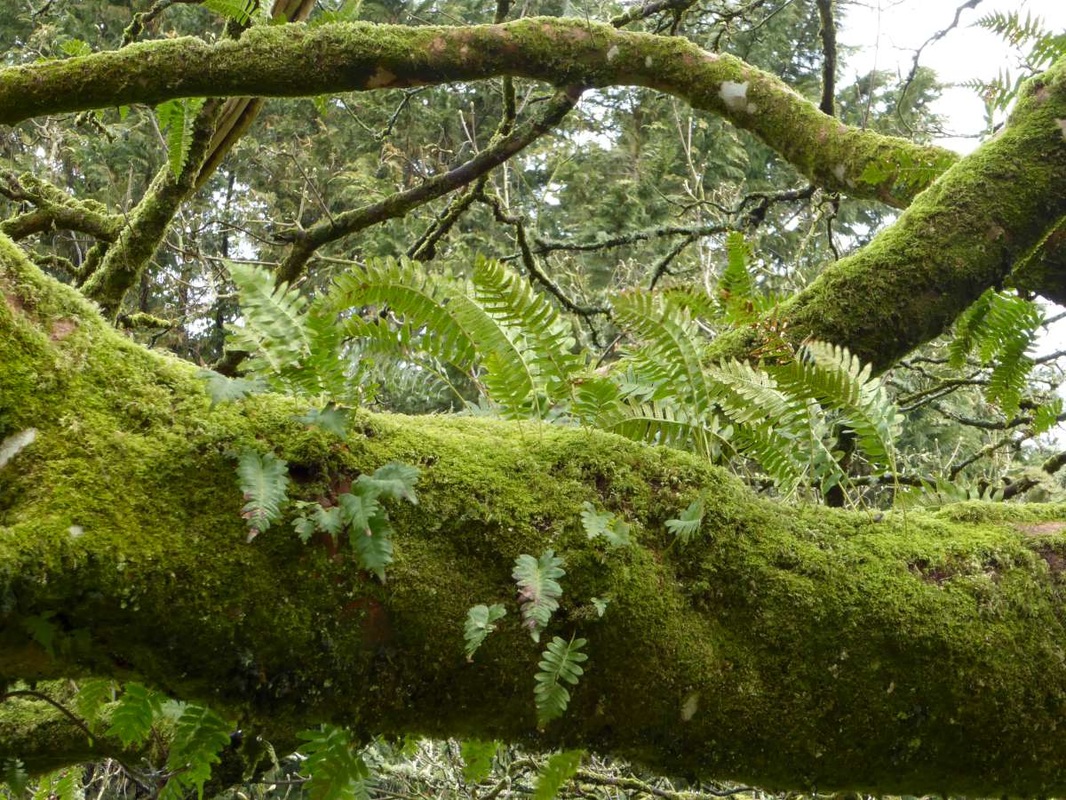
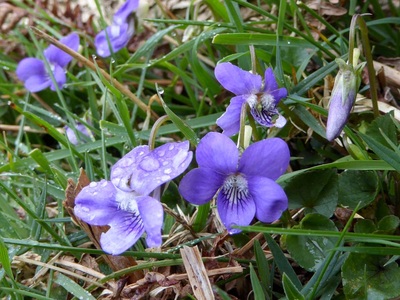
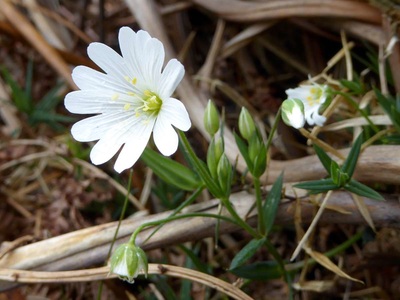
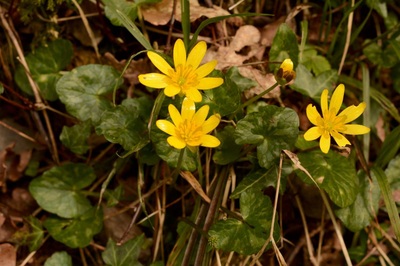
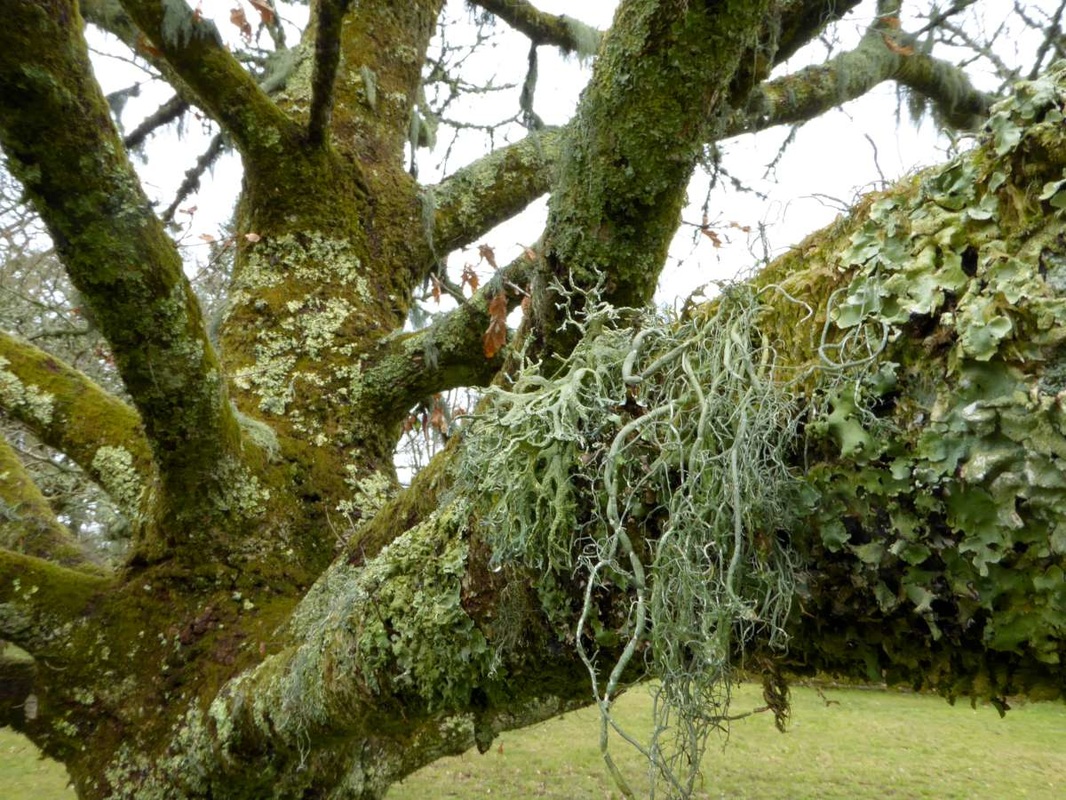
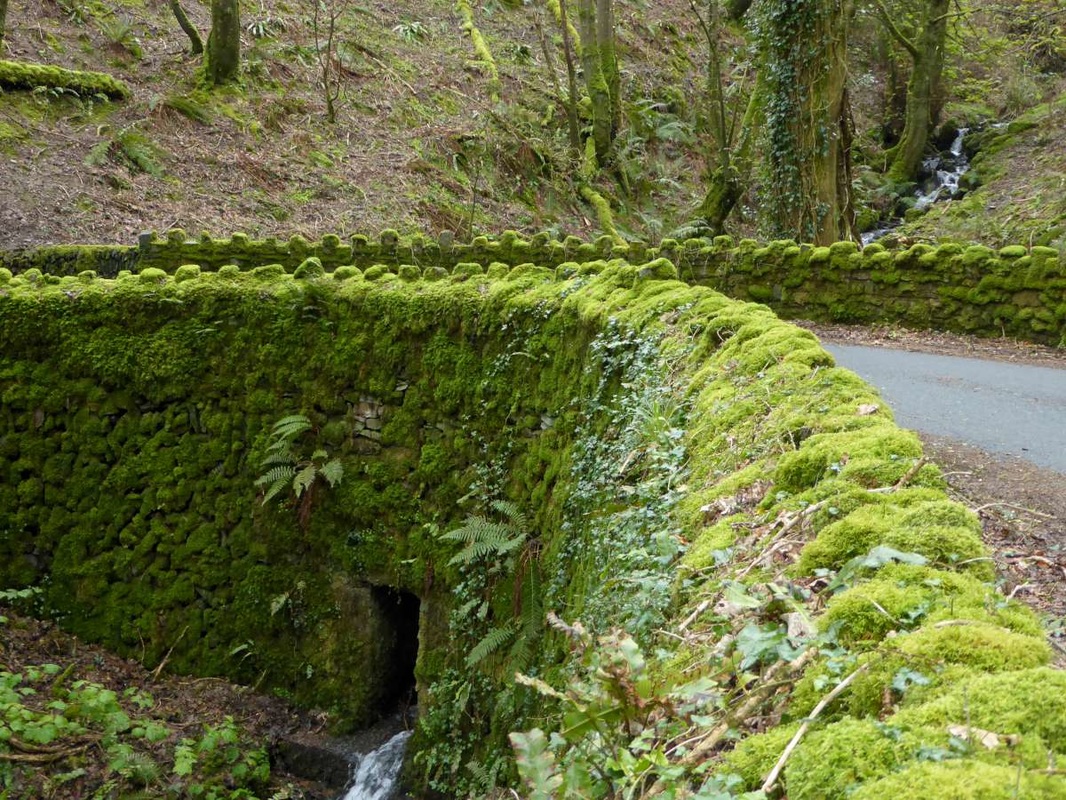
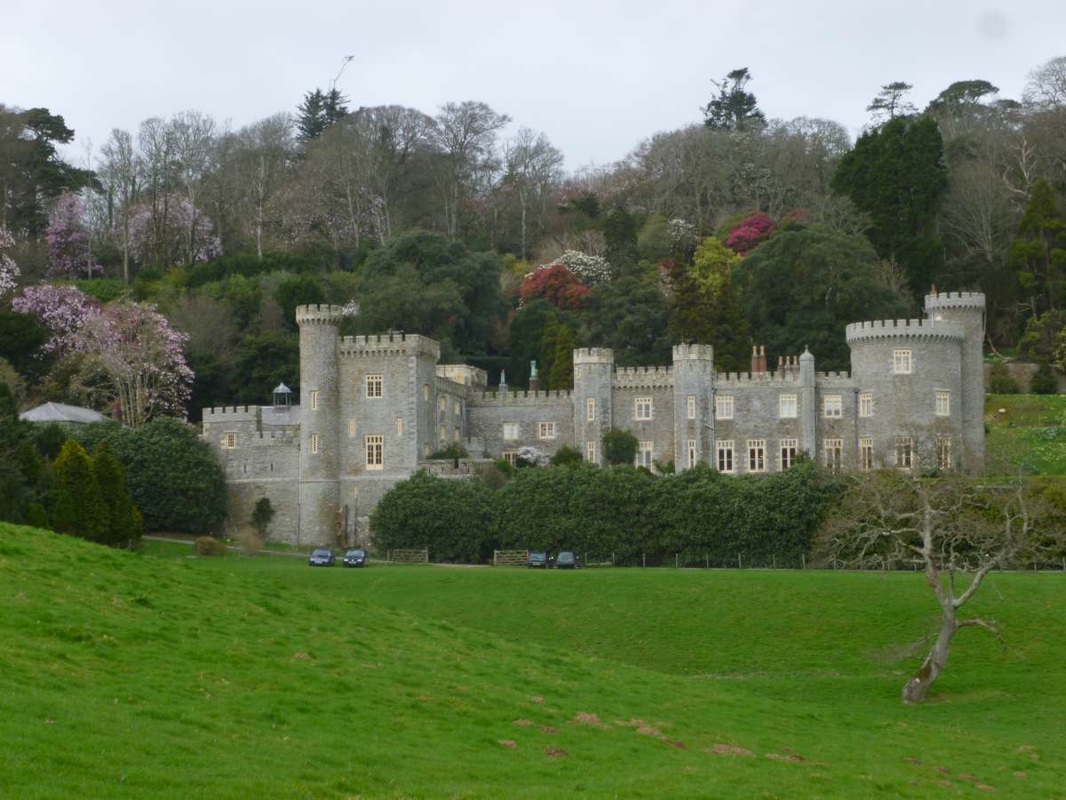
 RSS Feed
RSS Feed